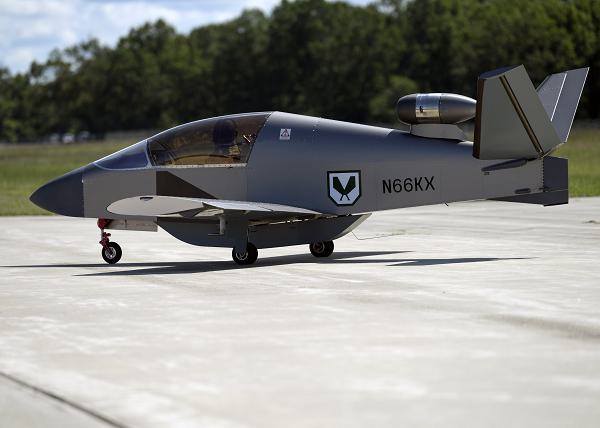
Alpena Combat Readiness Training Center, Michigan. (September 2, 2024): The devastating impact of unmanned aerial vehicles (UAVs) on the battlefields of Ukraine has prompted the Air Force to embrace the Kestrel JSX-2 microjet, a small, agile aircraft to simulate against such threats. In this photo by Technical Sergeant Tristan D. Viglianco, a JSX-2 microjet participates in Exercise Northern Strike 2024-2, the Air National Guard’s premier reserve component training event. More than 6,300 personnel from thirty-two states as well as “several international participants” joined in the action, hosted at the National All-Domain Warfighting Center.
The Air Force is using this light aircraft primarily for training purposes, particularly in simulating enemy unmanned aerial systems during large-scale military exercises like Northern Strike. The microjet’s small size, speed, and maneuverability make it an effective tool for replicating the behavior of UAVs and cruise missiles like those being launched over the skies of Ukraine.
These tiny, homebuilt microjets, developed by SubSonex Aircraft, are extremely light with an empty weight of just five hundred pounds and a length of sixteen’ 6” feet with a wingspan of eighteen feet. The jet has a maximum speed of 287 miles per hour and is valued at $725,000. The aircraft is used as a platform for pilots to train in various skills including detection, identification, and destruction of UAVs in a live-fly environment.
This was the first time Air National Guard units flew alongside these microjets whose low radar cross sections and maneuverability simulates the behavior of multiple versions of unmanned attack aircraft. The Air Force intends to expand the use of the JSX-2 microjet service-wide to counter the emerging threats posed by UAVs to America’s warfighters.


